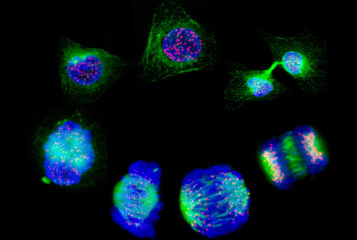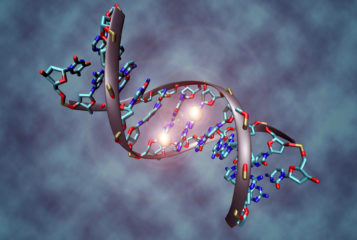Artificial intelligence identifies genetic causes of disease
A new artificial intelligence tool has predicted how likely some DNA changes are to cause disease in humans...
Small molecules that can be linked together to make proteins, which are large, complex biological molecules.

A new artificial intelligence tool has predicted how likely some DNA changes are to cause disease in humans...

A new machine learning tool has been developed to help measure the efficiency of a specific type of genome editing, and identify what affects the rate of insertion of a genetic sequence...

Mouse heart cells, genetically modified after a heart attack, recovered from the damage caused...

by Shibu Antony
Gene activity and protein identification has been revealed in organs and tumours to a high resolution using a novel method...

Epigenetic changes to DNA can be inherited by multiple generations of offspring, new research has shown...

Prior to 2020, genetic mutations weren't something that regularly made the news. Now, two-and-a-half years out from the onset of the COVID-19 pandemic, new genetic variants continue to hit the headlines, and genomic mutations – in a virus, at least – are something the public are much more aware of...

The APOE4 gene variant increases a person's risk of Alzheimer's disease exponentially, though a new protective mutation has been discovered to protect against this risk...

Hundreds of inherited mutations to BRCA1, a high-risk susceptibility gene for breast and ovarian cancer, have been shown to be harmless...

A novel mutation in a gene called TLR7 has been identified as directly linked to the development of lupus...
Three-dimensional human protein structures have been predicted using artificial intelligence...
BioNews, published by the Progress Educational Trust (PET), provides news and comment on genetics, assisted conception, embryo/stem cell research and related areas.

